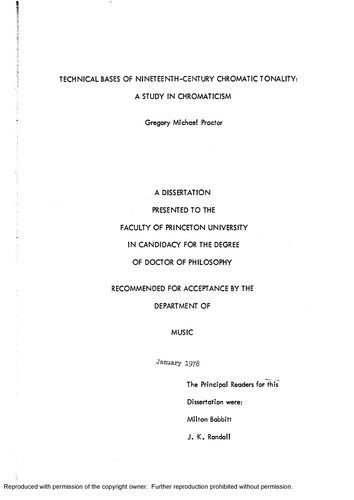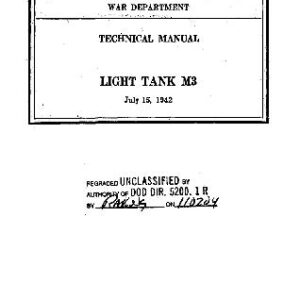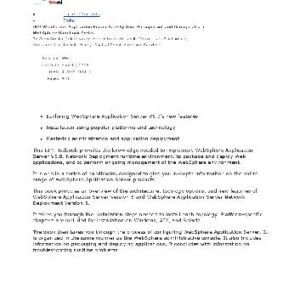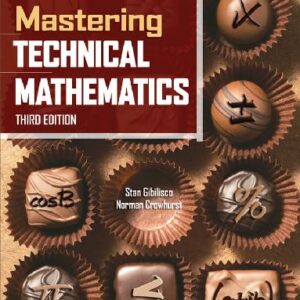The application of a strict interpretation of Schenker’s theories to classical tonal music with respect to the generation of chromaticism yields adequate analytic results fora great number of tonal pieces. The adequacy of this system in handling some of the most involved chromatic writing seems to suggest its applicability to the entire “common practice period.” But in the second quarter of the 79th century ex?amples appear with increasing frequency which do not provide the same clarity under these analytic techniques as, say, 18th-century pieces do.
Approaching these intractable passages from the viewpoint of the 20th cen?tury, however, leads to the positing of newer techniques of chromaticism which pro?duce simple, coherent analyses. The application of these newer analytic techniques displays consistency between these later compositions in their use of chromaticism. These techniques thus provide a link between classical tonality and the music of the 20th century.
The thesis here presented is that there is not a single “common practice” ex?tending from the early 17th century through the end of the 19th century. Rather, the era can be divided into two large, overlapping style systems, herein referred to as: classical diatonic tonality, and 19th-century chromatic tonality. The two systems are distinguished from one another particularly by their respective conceptions of the ba?ses of chromatic generation.
Chromaticism in classical diatonic tonality is defined as the product of the interaction of different diatonic scales, without reference to any particular chromatic scale system (of which there are any number). For the definition of the practice, the first part of the dissertation contains a strict formulation of the operations of tradition? al counterpoint and of the range of application of Schenkerian concepts related to those operations. The specific processes by which notes foreign to the fundamental major or minor scale for each composition are generated are Schenker’s formulations of mixture and tonicization. These chromatic processes of the classical tonal system adequately account for such traditional chromatic constructs as: the diminished sev? enth chords, Neapolitan chords, augmented sixth chords, and augmented triads. En? harmonic “equivalence” is taken to be a notational, rather than a tonal, phenomenon.
Chromaticism in 19th-century chromatic tonality is defined in the second part of the dissertation. The basic principle upon which it rests is the substitution for the diatonic scales of the equally-tempered twelve pitch-class collection as the source of a!! tonal material. Diatonic material is then construed to be a special derivative of this underlying chromatic scale, and, insofar as diatonic matter is present, the classical procedures for its manipulation are carried through into the new system. But the concept of the underlying chromatic scale opens up new structural possibilities, which, when used in proliferation, eventually work to undermine the specific quali?ties of tonal directedness peculiar to classical tonality. The first new structural possibility is that enharmonic equivalence as a tonal, as well as a notational, phenom?enon is exploited. This leads, for example, to the multiple interpretation of diminished seventh chords and the reinterpretation of German augmented sixth chords as dominant sevenths. It also provides for the symmetrical division of a tone-space into equal-sized segments as measured in tempered semitones.
Also presented is a new “operation,1that of transposition. In classical to?nality, individual harmonic voices from chord to chord are either maintained by com?mon tone (which includes the notion of arpeggiation) or are displaced by step, in ac?cordance with the operations of traditional counterpoint. The transposition operation allows for their wholesale shift from one pitch level in tone-space to another, with? out reference to common tone or stepwise displacement. Numerous examples of all these chromatically tonal techniques are provided, including the use of symmetrical division as the principle of transposition.
The dissertation closes with a discussion of the gray area where the distinc?tion between the two systems in some composition is thin. This discussion shows dia?tonic movement as the basis of the principle of transposition, and classically tonal models as analogs?but not analyses?of 19th-century chromatically tonal passages.







Reviews
There are no reviews yet.